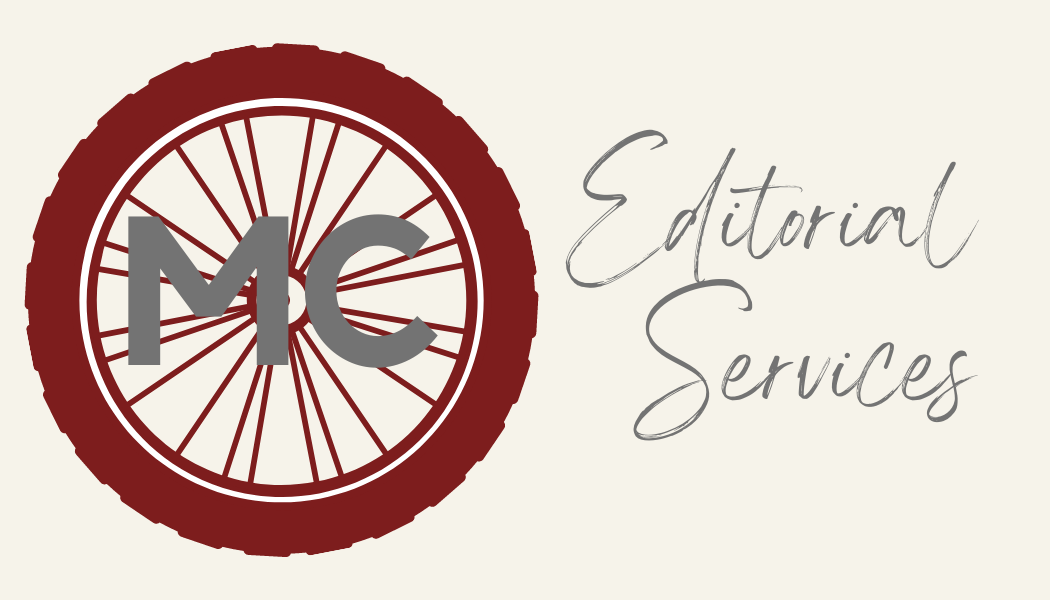What is an Editorial Letter?
When most people think of editors, they likely picture grammar corrections made in red pen much like an elementary school spelling test. But when it comes to editing fiction, developmental editing—which focuses on the strength of the storytelling itself—is just as crucial as later editing phases that focus on the language.
You won’t find developmental editors marking up your pages in red or rewriting sentences to make them flow. Instead, developmental editors typically offer their feedback in the form of an editorial letter, a deep analysis of what is—and isn’t—working in your story. Keep reading to learn more about how an editorial letter could help your book reach new heights.
What is an editorial letter?
An editorial letter is a document that provides detailed developmental feedback—or in other words, feedback on the big picture elements of your manuscript. This can include anything from story structure and characterization to plot, themes, and use of setting. Every editor organizes their editorial letters a bit differently, but a good editorial letter will outline what is working well in the manuscript, what could be improved, and some potential approaches or solutions to address any outstanding issues. When you receive an editorial letter, you will typically also receive an annotated copy of your manuscript with marginal comments left throughout the book. The goal of the letter is to summarize the feedback contained in the comments and draw broader insights from them.
Editorial letters can be a component of a few different types of services, including manuscript evaluations (sometimes also called manuscript critiques) and full-scale developmental edits. Which service you choose will depend on what level of feedback you need, as a manuscript evaluation is typically less in-depth than a full developmental edit while still largely focusing on the content of the book. For example, my manuscript evaluation service includes an editorial letter that’s typically in the range of 5–10 pages, while my editorial letters for developmental edits are routinely 15 pages or longer. Manuscripts that are more complex or have more structural issues can often benefit from the deeper analysis a developmental edit can provide.
When should I seek this type of feedback?
Generally, it’s best to wait until you have completed some self-editing (perhaps 2–3 drafts) and potentially incorporated some feedback from beta readers or critique partners before working with a developmental editor. Taking the manuscript as far you as you can on your own first is important because it allows you to hopefully address the most common story-level issues before the book reaches an editor, such as characters with no clear motivation, a lack of interiority (or insight into the characters’ inner worlds), etc. That way, your editor can focus on deeper, more complex issues in the manuscript rather than providing feedback that a less seasoned reader may have been able to offer. Ultimately, investing time in self-editing before handing off your draft will get you more bang for your buck while also streamlining the process for your editor.
You’ll also want to plan ahead and reach out to an editor early since many professionals book up two months or more in advance. Be sure to think about your overall timeline for the editing process, as well, since the developmental editing phase can span several weeks. If you have a specific release date planned out or are working toward a deadline to begin another phase of editing, you’ll need to give yourself enough wiggle room to allow for your own revisions once you receive the developmental feedback, since making changes to the manuscript will be up to you.
I have my editorial letter. What’s next?
Congratulations! You’re ready to move forward with your revisions. But first, keep in mind that receiving this much feedback at once can be overwhelming, so it’s okay if you need some time to process everything included in your editorial letter and manuscript comments. I often recommend reading through your letter in full once before moving on to the manuscript itself, and then allowing yourself some breathing room to let the insights settle. Once you’ve absorbed the feedback contained in the letter, you can read through your manuscript from beginning to end and make note of the comments that resonate with you. After all, your editor’s feedback is not gospel—as the author, you will always have the final say in what changes and what remains the same.
Your editorial letter may also include a rough revision plan with suggestions of what to address first as you make changes and additions, as well as resources to help guide you around any writing craft elements your editor has identified as areas for improvement. This can be a good place to start in terms of deciding what you want to tackle first. If you feel like you need more guidance, find out if your editor offers coaching sessions to help talk you through the revision process in more detail.
Ready to see if an editorial letter can help bring your story to the next level? Reach out to request your free 15-minute consultation and sample edit to get started on your project today.
